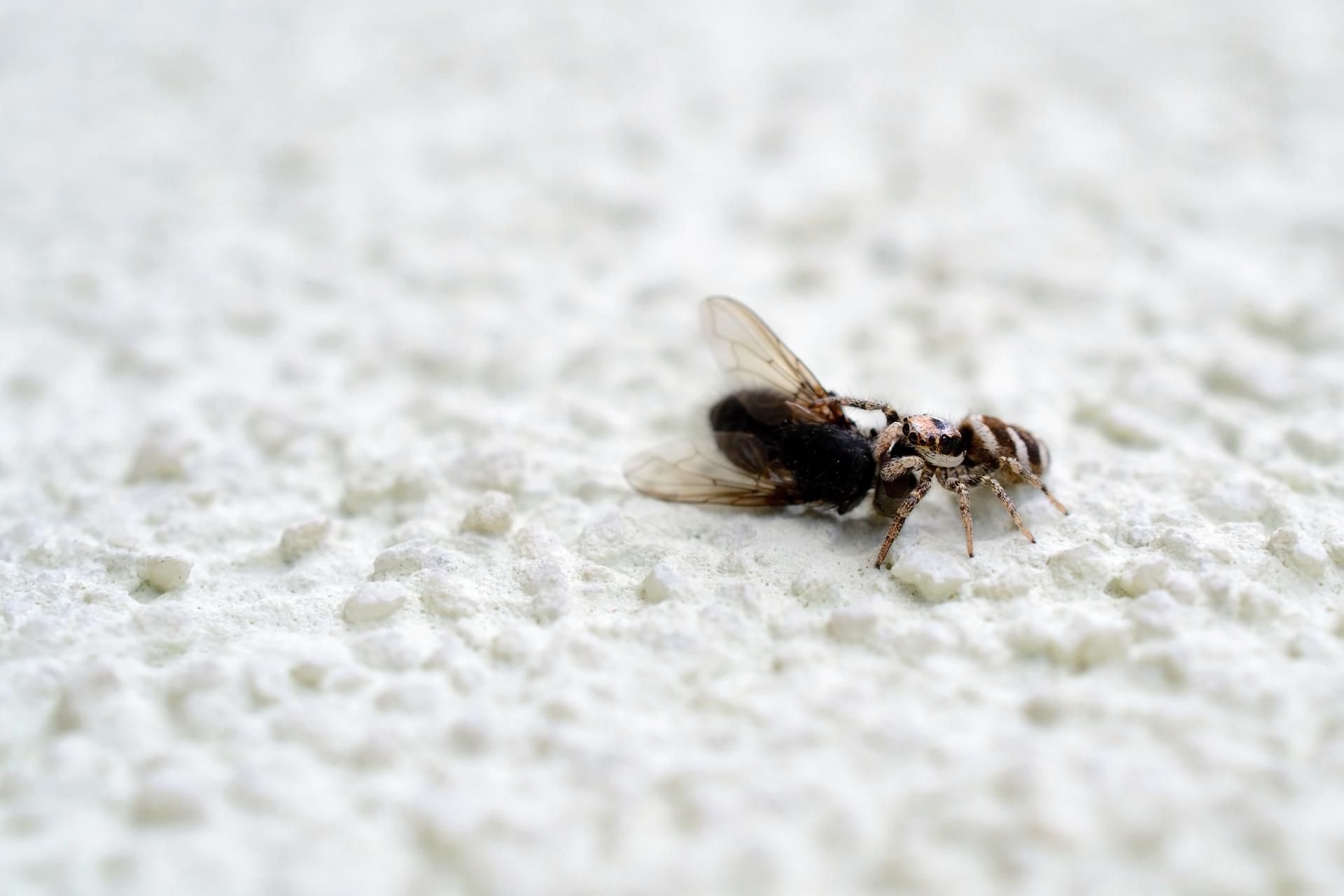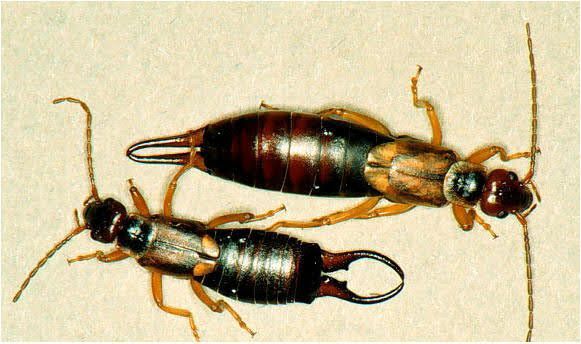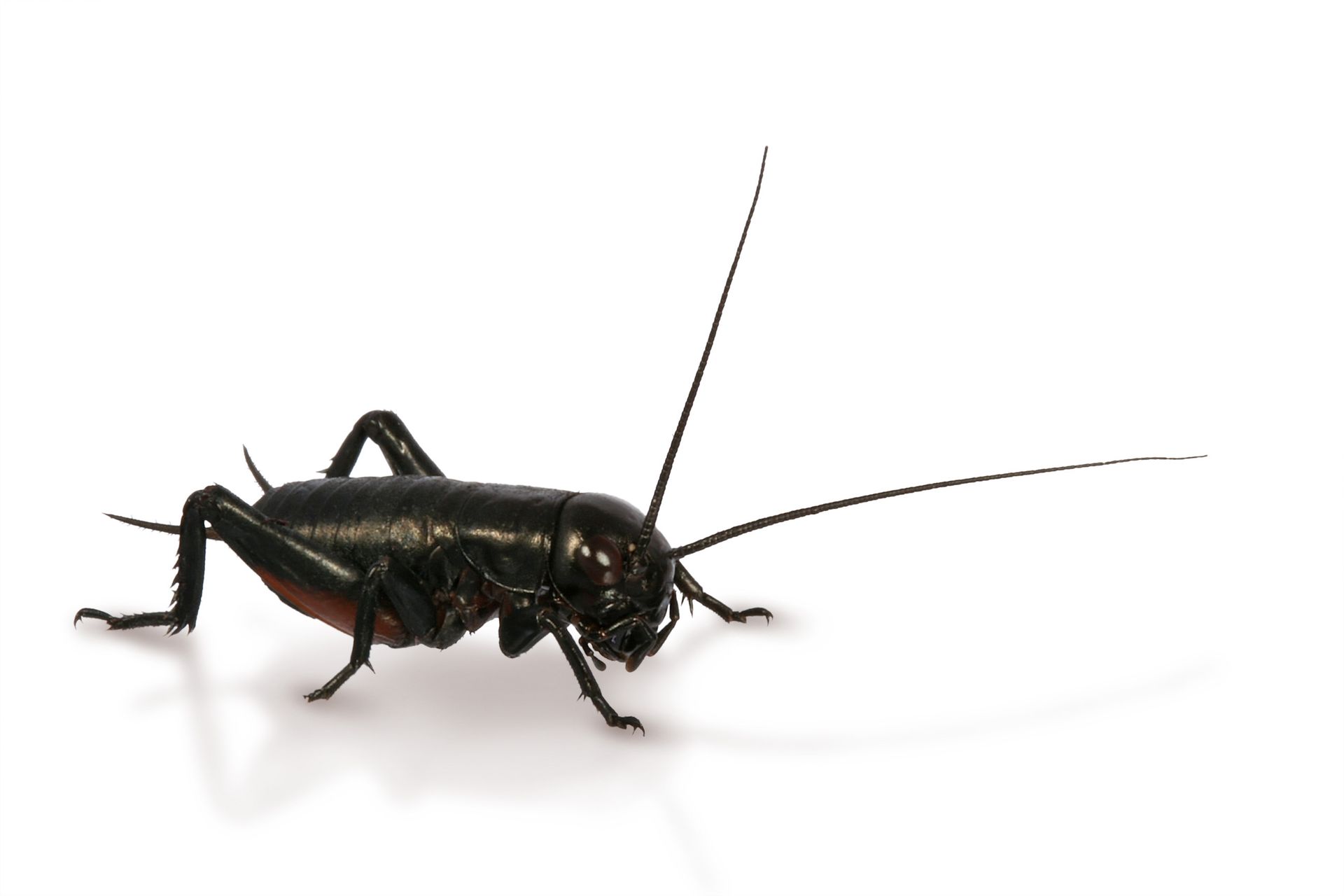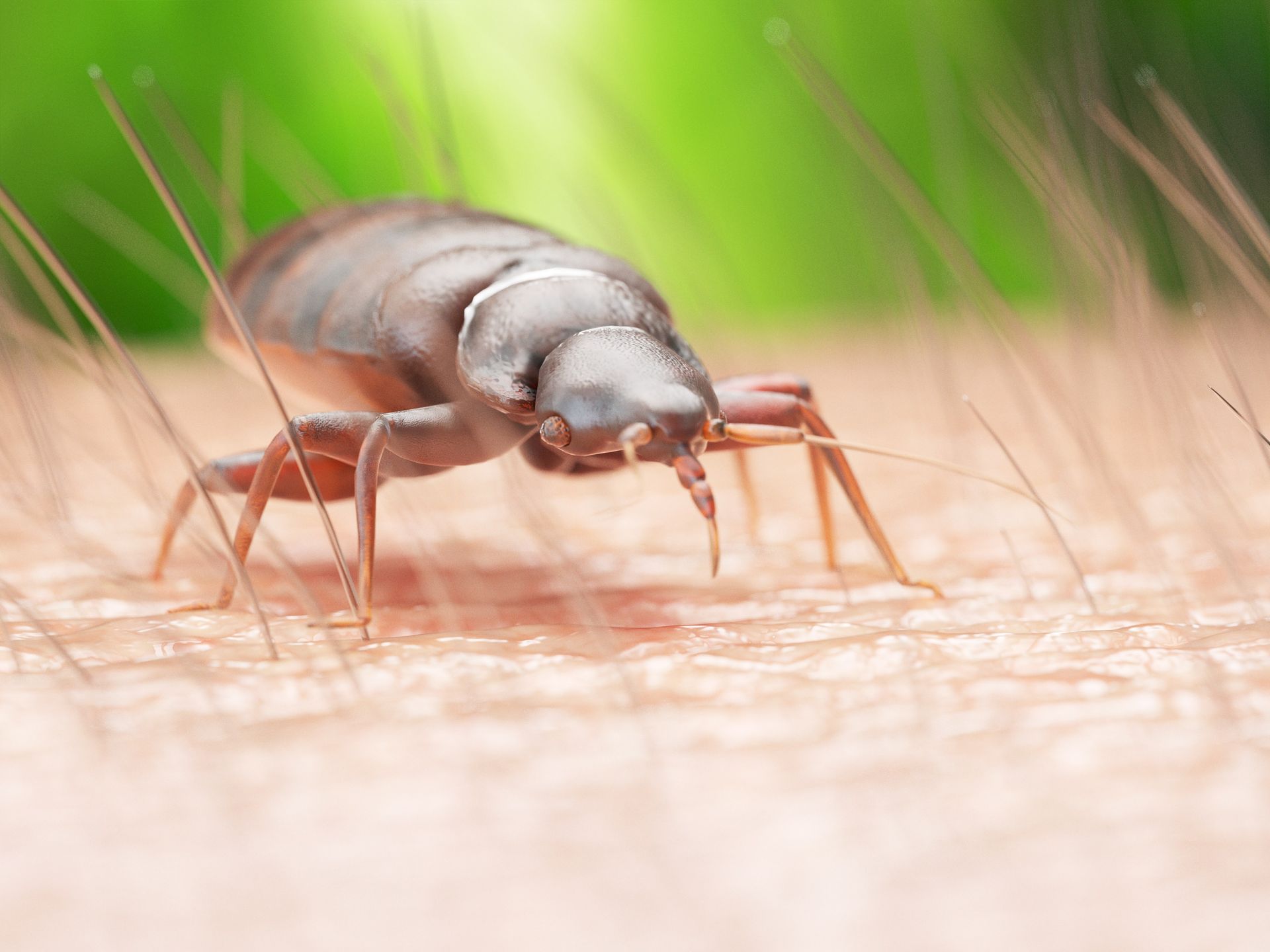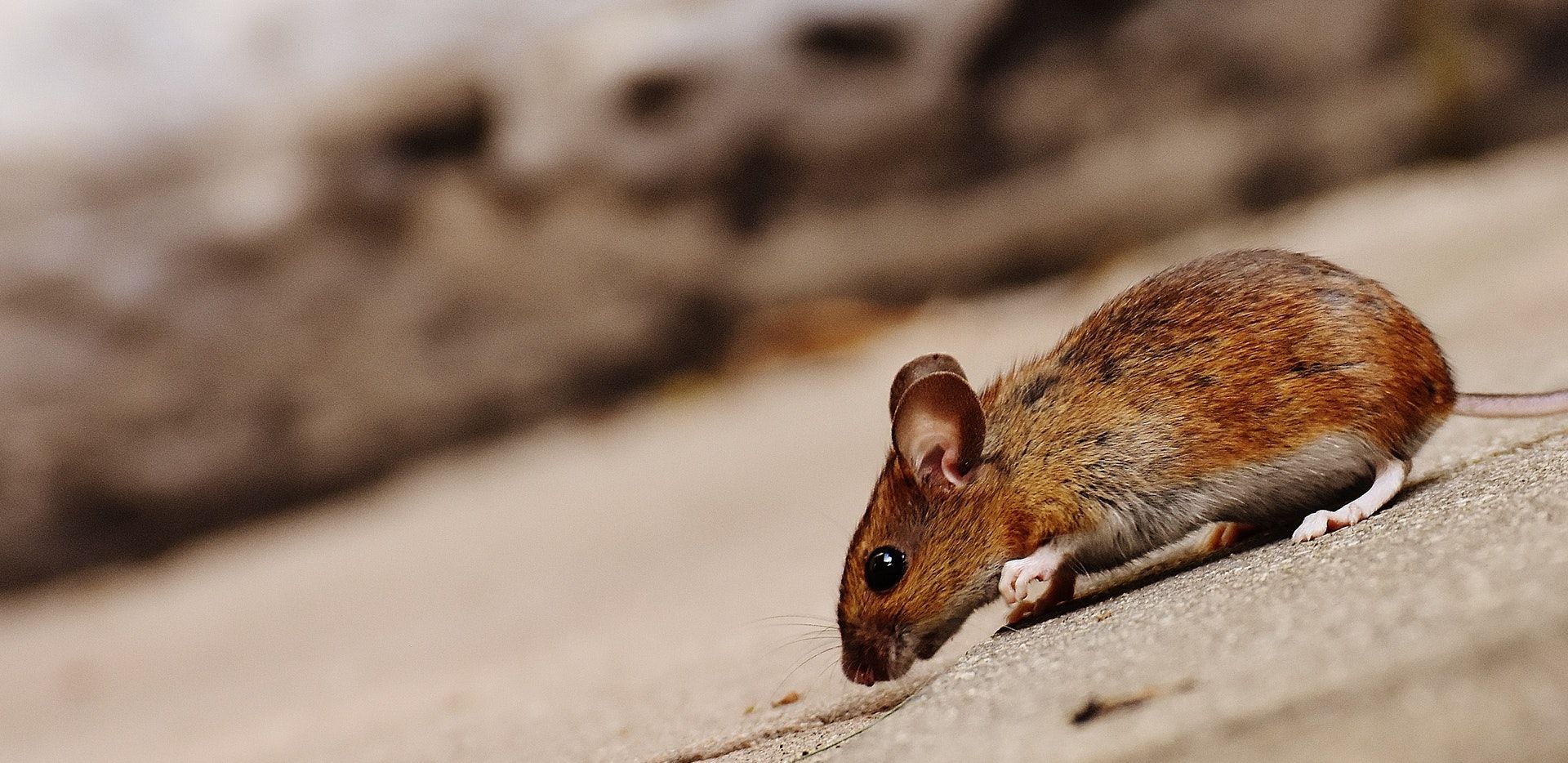Different Rodents That Can Infest Your Californian Home
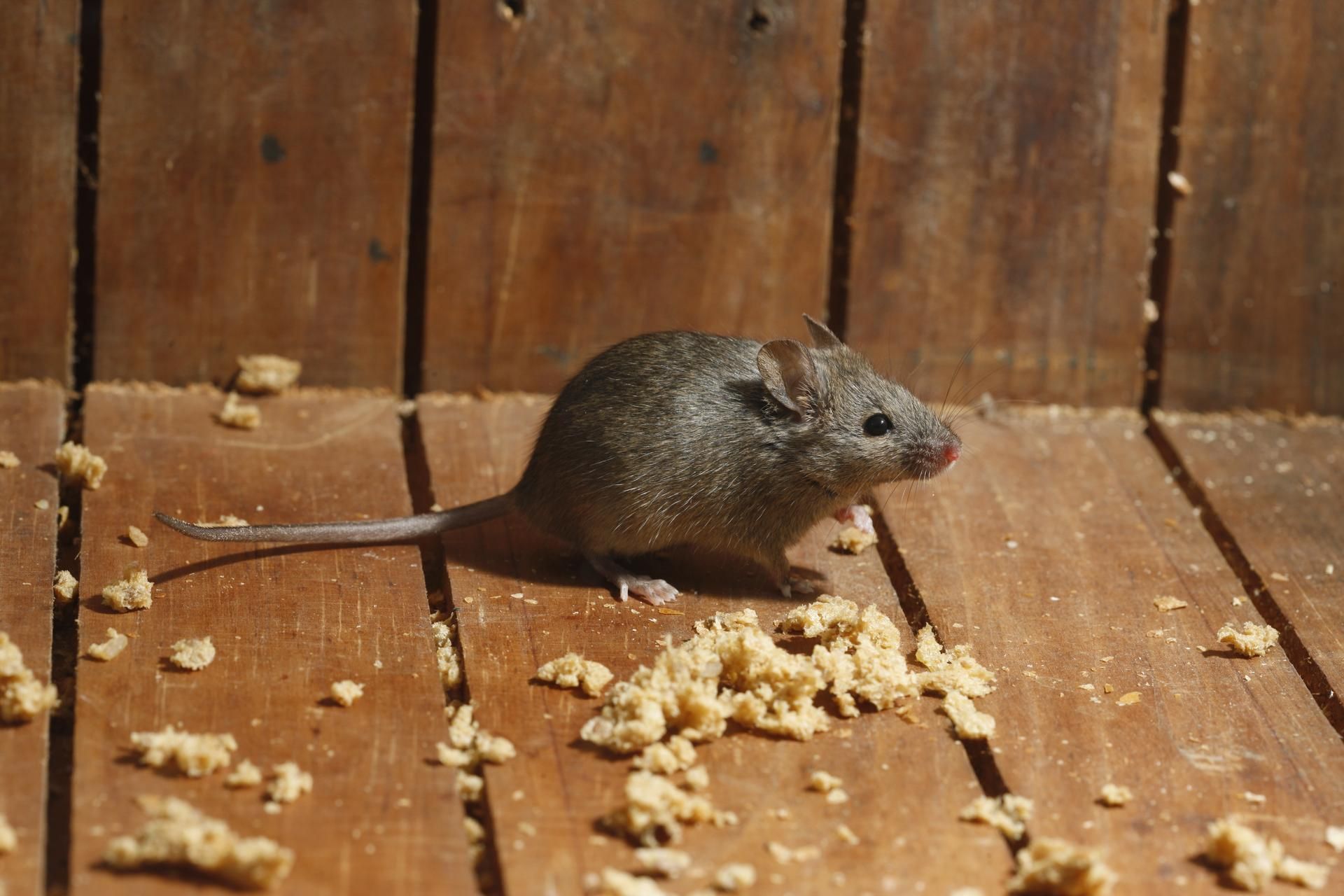
California, and San Joaquin County specifically, offers a diverse landscape that is a paradise for nature lovers, but it's also a haven for different species of rodents that can infest your property. If you're a homeowner, you've likely had a run-in with these pesky invaders. There's a range of rodents in the Golden State, from the common house mouse to the destructive gopher, and each species poses unique challenges and requires specific strategies for effective control. This blog delves into how to identify different rodent species that might infest your home and how to control them.
Importance of Identifying a Rodent Infestation
While these creatures might seem harmless, they can cause significant issues if left unattended.
Health Risks Posed by Rodent Pests
Rodents are known for being the carriers of a range of diseases. For Instance, they are known transmitters of Hantavirus Pulmonary Syndrome and diseases like Salmonellosis, rat-bite fever, and even the plague. Most of these are airborne diseases, making it impossible to avoid if there's an active rodent infestation.
Damage to Property
Rodents — particularly rats and mice — are notorious for their continuously growing incisors. To keep them in check, they're constantly gnawing. They'll chew through almost anything that comes their way, whether that be woodwork, electrical wires, or insulation. This habit not only causes huge property loss but also increases the likelihood of fire from chewed-up electrical wires.
Common Types of Rodent in California and San Joaquin County
Understanding these common pests can be your first step toward effective control and prevention.
Gophers
Gophers, specifically pocket gophers, are notorious pests in California. Small but mighty, these rodents burrow into the ground, creating elaborate tunnels. They're known for their sharp teeth and strong, clawed front paws — perfect for excavation. You'll typically find gophers in your garden, munching away at the roots of your precious plants. Their underground activities often lead to your plants' sudden wilting or collapse.
Roof Rats
Also referred to as black rats, roof rats prefer high places like attics and ceilings. Known carriers of diseases, these rats pose a significant health risk. Their love for fruits, vegetables, and cereals may lead them to forage in your pantry, leaving a trace of contamination in their wake.
Norway Rats
Don't be fooled by its name; the Norway Rat is another common pest in California. Substantially larger than their roof rat counterparts, these burrowers are often found in basements and lower levels of buildings. Norway rats are known for their destructive tendencies, causing property damage through gnawing.
House Mice
These little invaders can fit through holes as small as a nickel. House mice prefer to nest in dark, secluded areas and could potentially spread diseases via their droppings.
Identifying Rodent Infestations
To effectively control and prevent the invasion of these notorious rodents, it's crucial to recognize the common symptoms of an impending rodent infestation.
Visual Signs of Infestation
Known for their secretive nature, rodents are often hard to spot in action, but they do leave a trail. Nibbled fruits in your garden, half-eaten food in your pantry, or small footprints in dusty areas all imply rodents' presence. Keep an eye out for their nests too. Fibrous materials and shredded papers tucked into small, secluded spaces usually mean rodents have made themselves at home.
Strange Noises and Odors
If you hear mysterious scratches, gnaws, or scampering noises — especially during the quiet of the night — it may be rodents. Moreover, a stale smell lingering in confined spaces could signal a hidden rodent den.
Gnaw Marks and Droppings
Rodents have a habit of gnawing. This not only helps them access food or escape routes but also contributes towards maintaining their ever-growing teeth. Look for fresh gnaw marks on wooden structures or wires, as this often hints at a recent infestation. Additionally, one of the most telling signs of a rodent problem is their droppings. If you stumble upon small, pellet-like droppings along the walls or in cupboards, it's high time you took action.
Effective Control Measures for Rodents
Now that you're aware of the signs of a rodent infestation, let’s walk through some of the best ways to combat this issue.
Trapping Methods
If rodents have already found their way into your home, consider trapping them. There are different types of traps available, including snap traps, live traps, and glue boards. Whichever you choose, placement is crucial. Rodents usually stick close to walls, so place traps along their likely travel paths. Always remember to handle traps with care to avoid harm.
Sanitation Practices
Sanitation plays a vital role in rodent control. Rodents are often drawn to homes due to the plentiful supply of food and water. By keeping your space clean, you can effectively cut off their supply. Keep food in sealed containers, clean up spills promptly, and take out the trash regularly. Outside, remove any potential food sources like fallen fruit or pet food and trim overgrown vegetation, which can serve as perfect shelter for rodents.
You've now got the tools to effectively combat these Californian rodents. Remember, prevention is key, so make exclusion techniques a priority. Don't skimp on sealing all potential entry points. When you spot signs of an infestation, act swiftly. Use traps strategically and maintain sanitation practices to cut off their food and water supply. With this knowledge, you're well-equipped to keep your home rodent-free. Stay vigilant and proactive in your rodent control measures. If you need help with a rodent infestation and you live in San Joaquin County, reach out to us at Area Wide Exterminators.


